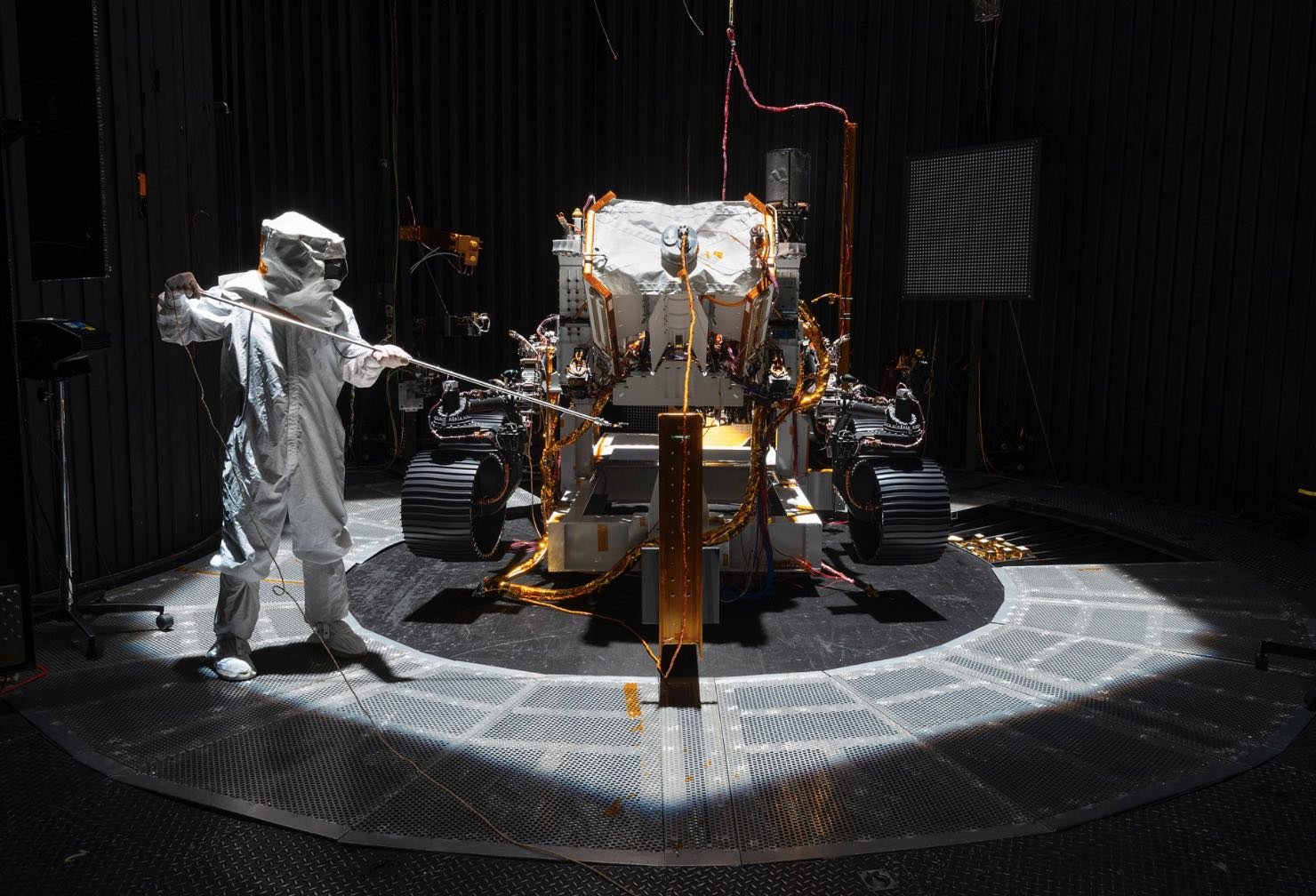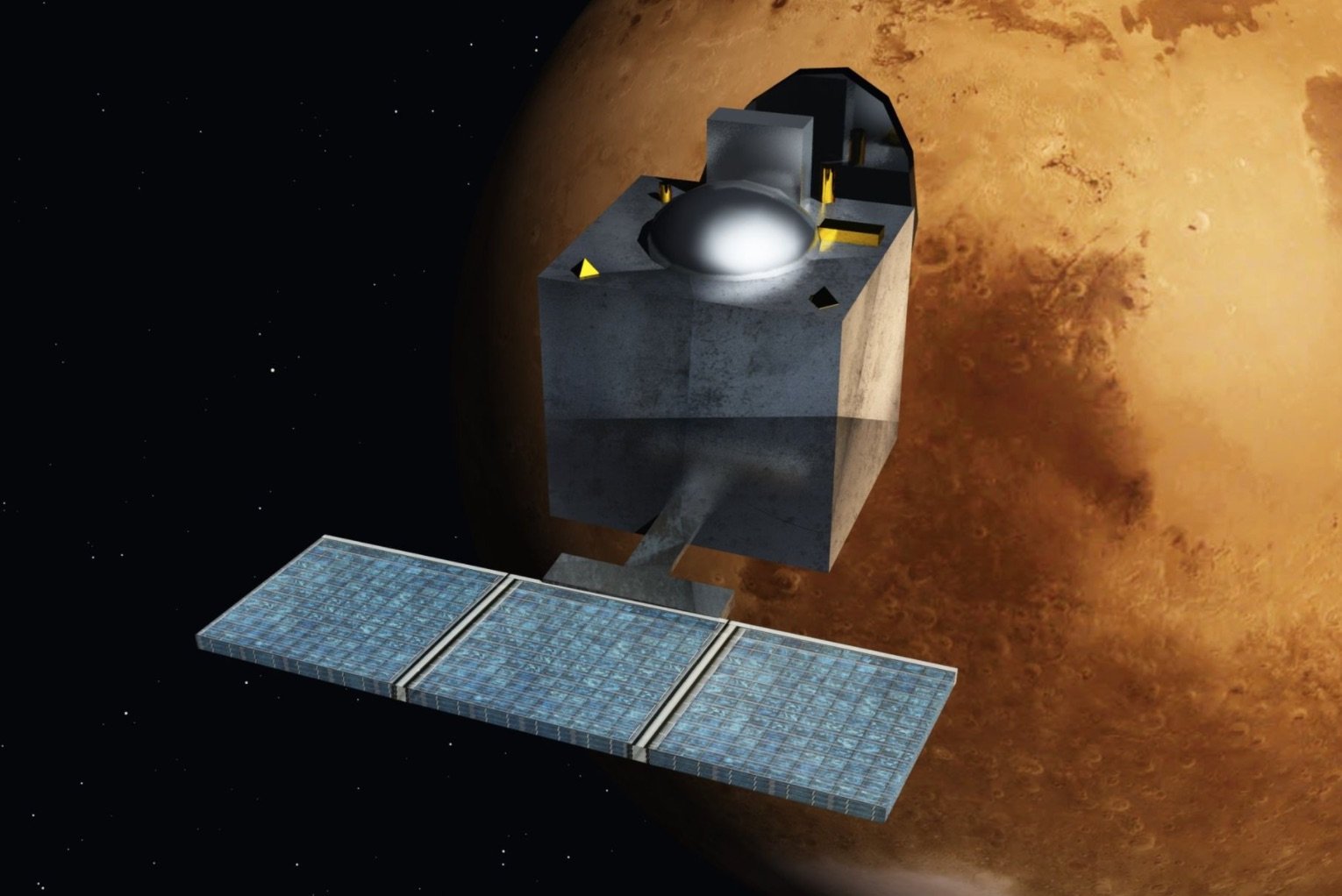

Welcome to this week’s edition of The Intelligence Brief. Items in our queue this week include 1) The “invasion” of Mars that is currently underway, 2) the difficulty many past nations have had getting to Mars, and 3) the latest US Navy activities which led to UFO sightings.
Before we dive in, over on our homepage this week you’ll find stories that include news that the UAE’S Hope probe has successfully made its way into Martian orbit, as well as the latest on DARPA’s new Manta Ray underwater drone. Also, for the sci fi fans among us William Shatner sat down with The Debrief this week to share his thoughts about the possibility of finding life on Mars and our current space exploration efforts.
Lastly, if you prefer having the full Debrief experience, you can read this newsletter over at our website as well. With that, let’s dive into things.
China’s Ambitions in Mars Research Efforts
The pace of humankind’s efforts to study and eventually reach and colonize Mars have quickened in recent days, as spacecraft from three different nations are currently reaching their Martian destination, making February 2021 a month to remember in the modern race for space.
On Wednesday, Tianwen-1, a Chinese spacecraft launched seven months ago, completed its almost 300-million-mile journey to the Red Planet, where it entered orbit around Earth’s nearby neighbor. Just one day earlier, a similar probe launched by the United Arab Emirates also entered its orbit around the planet.
MORE: UAE’S HOPE PROBE SUCCESSFULLY ENTERS MARS ORBIT MAKING HISTORY IN THE PROCESS
Meanwhile, the latest United States spacecraft to join the current Martian exploration effort is still on its way, and will arrive at the Red Planet next week.


China’s spacecraft, a combined orbiter and rover weighing nearly five tons, became the country’s very first artificial Mars satellite according to a statement from China’s space agency. The mission has been called China’s most ambitious yet in terms of its space exploration efforts, and the country will become the second ever to achieve a landing on Mars if the rover is successfully able to touch down.
Tianwen-1 has a simple mission, which is not unlike that of its earlier predecessors like the US-launched Viking probes of decades past: the Chinese rover will collect data related to whether Mars has ever been home to microscopic life, in addition to attempting to learn more about water which may exist below the Martian surface.
Easier Launched than Landed
The fact that China aspires to be the second country to successfully land on the Red Planet doesn’t mean that others have never attempted it in the past. Similar efforts have been carried out by a number of countries, with failed attempts far outweighing the number of successes from over the years. To date, the only country which maintains a perfect success rate with its Martian missions is India, whose Indian Space Research Organization has only sent one mission to the Red Planet, the Mars Orbiter Mission (MOM), also known as Mangalyaan, which successfully arrived in orbit around Mars in 2014.


In 2011, Tianwen-1’s predecessor Yinghua-1 attempted to hitchhike into space on the Russian Fobos-Grunt spacecraft, which suffered performance issues following the failure of its primary propulsion unit, and the craft never left Earth orbit. China forged ahead with its own plans for an independent Martian plan that was approved in 2016, coming to fruition with the arrival of Tianwen-1 in Martian orbit.
While it remains to be seen if Tianwen-1 will touch down and successfully carry out its operations on Martian soil, there are presently a total of six operational space missions carrying out work on or around Mars, involving three U.S. spacecraft, two European, and India’s aforementioned MOM spacecraft.
If all goes according to plan, NASA’s Perseverence rover will land on Mars on February 18, 2021. It too will search the Red Planet for signs of ancient microscopic life, and gathering rock samples from the Martian surface that scientists on Earth will be able to study once they make their way back to Earth a decade from now.
Was That a UFO Seen Over Florida?
While China’s Tianwen-1 was knocking on Mars’ doorstep on Tuesday, observers in South Florida had their eyes on something very different in the sky.
A number of those who spotted the mystery object captured video that was later shared on Twitter, YouTube, and other social media sites, prompting speculations about a new UFO sighting off the East Coast of the United States.
FLASHBACK: UNIDENTIFIED: NAVY CONFIRMS OBJECTS IN THESE VIDEOS CAN’T BE EXPLAINED
However, the object turned out to have a simpler explanation: the sightings coincided with a U.S. Navy test launch of a Trident-II missile.


A similar incident occurred in 2015 off the California coast, after a missile was launched from a US Navy submarine that could be seen by observers as far away as Arizona and Nevada. At the time of the 2015 incident, many observers also mistook the Navy missile for being a UFO, on account of the odd, ghostly appearance of its trail as seen from a distance.
That’s about it for this week’s installment of The Intelligence Brief. As always, don’t forget to subscribe and get email updates from us here, or read past editions of The Intelligence Brief at our website. And as always, if you have a tip or other information you’d like to send along directly to me, you can email me at micah [@] the debrief.org.


Meanwhile, here are the top stories we’re covering right now…
- Meet the Apache V6- The Army’s Newest Version of the Iconic AH-64 Gunship
The U.S. Army recently announced the latest version of their iconic helicopter gunship, the AH-64E Apache V6, has entered service.
- DARPA’s ‘Manta Ray’ Underwater Drone Could Be a Game Changer
DARPA’s new UUV, Manta Ray, could end up having an immense impact on all sectors of the naval and maritime industry.
- William Shatner Says We’ll Find Life on Mars and That We Are Not Alone
The Debrief interviewed the most famous science fiction icons, William Shatner, and his belief that there is life on Mars and that we are not alone.
- Investigative UFO & National Defense Analysis | Tom Rogan on The Official Debrief Podcast
Tom Rogan is a prolific analysis writer for the Washington Examiner. He has a passion for bringing UFO & UAP investigations to mainstream media with an expertise in foreign policy, national security, and intelligence.
- UAE’s Hope Probe Successfully Enters Mars Orbit Making History in the Process
Everything went right on Tuesday, February 9th, as the UAE joined a small list of nations with its Hope Probe by entering Mars’ orbit.
- Tom Hanks’ COVID-19 Diagnosis Likely Shaped Public Attitude Toward Virus, says Research
Recently published research suggests Tom Hanks announcing his COVID 19 diagnosis last spring likely had a major influence on the public.
- Vertical Farming Is The Future of Food Production
Vertical farming is a novel agricultural technique that may soon have farmers rethink and reshape how they grow food.
